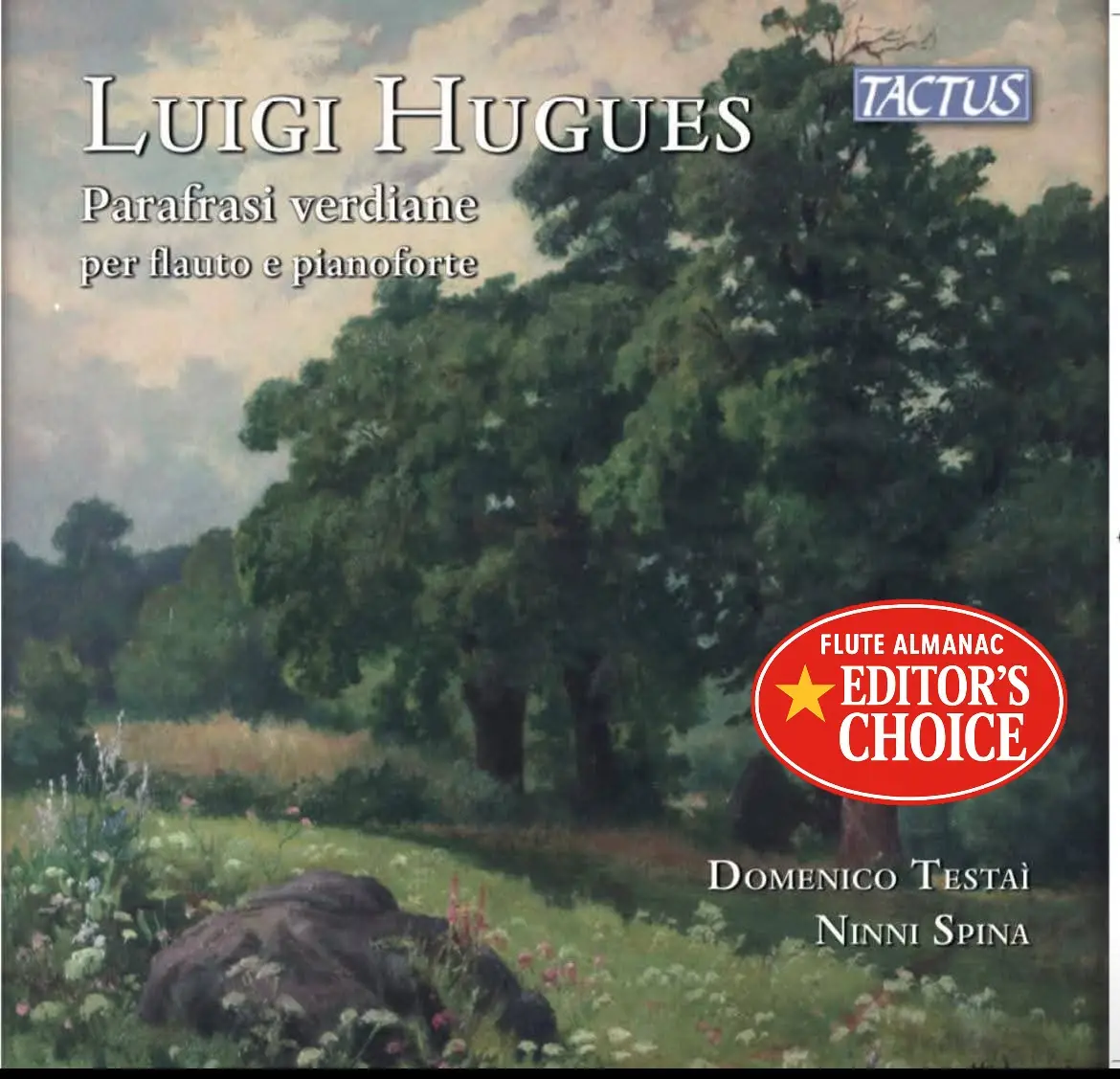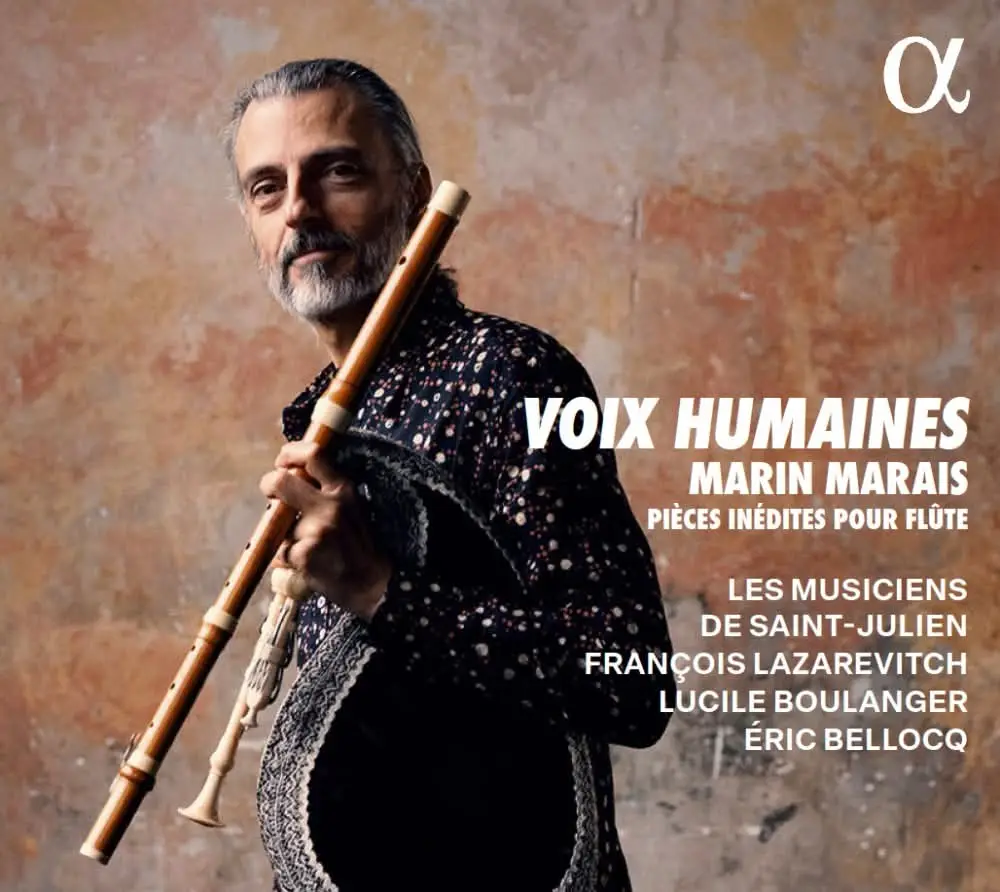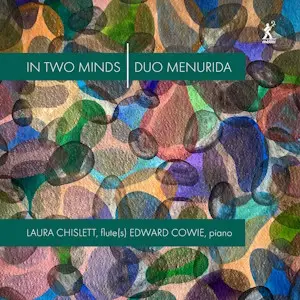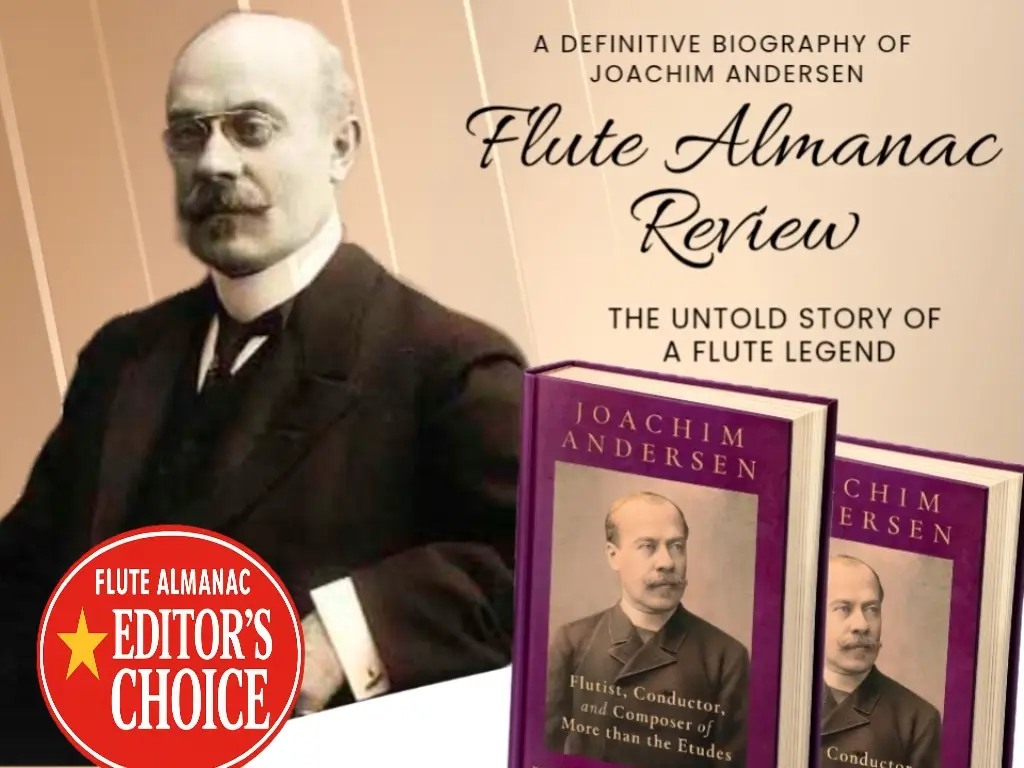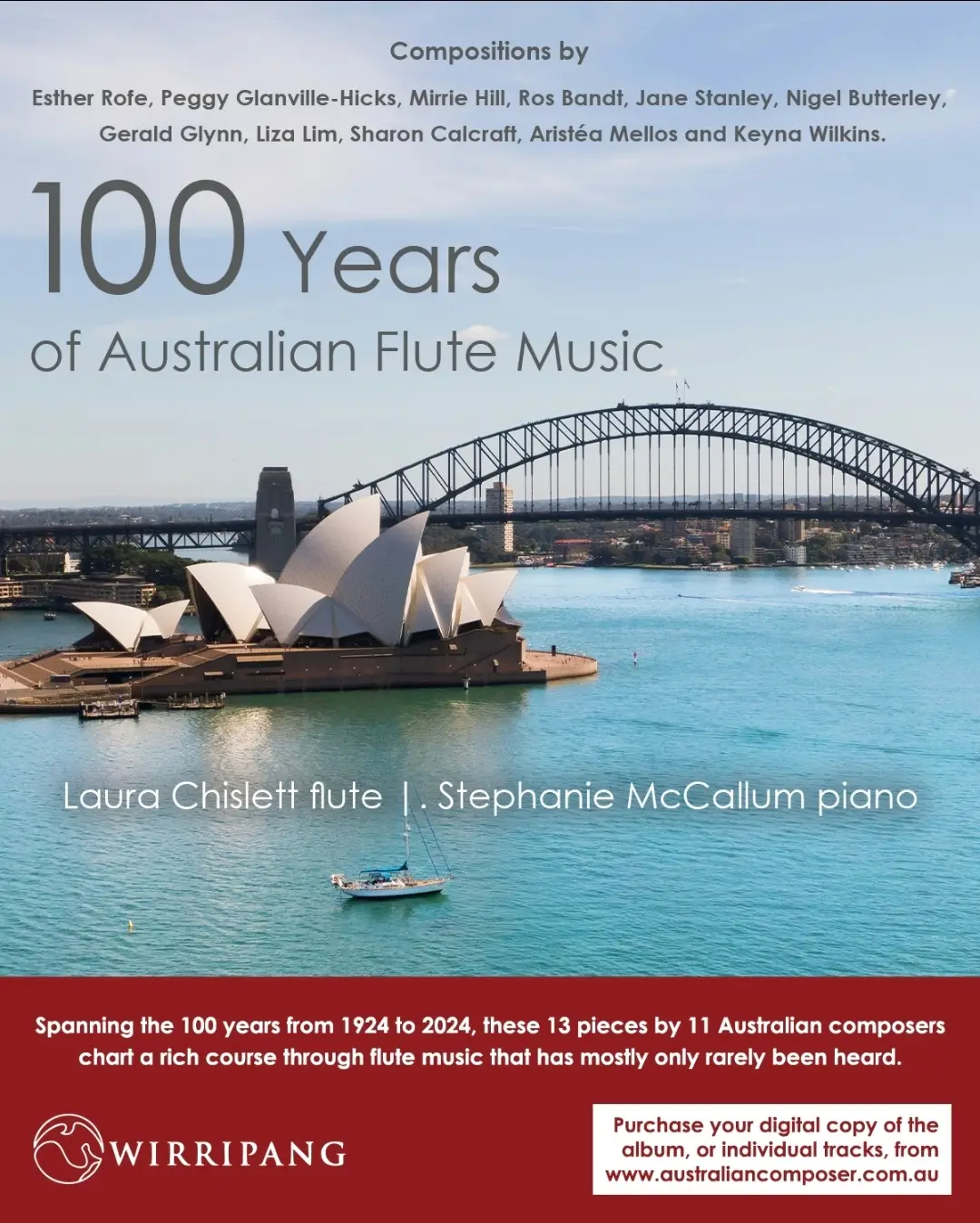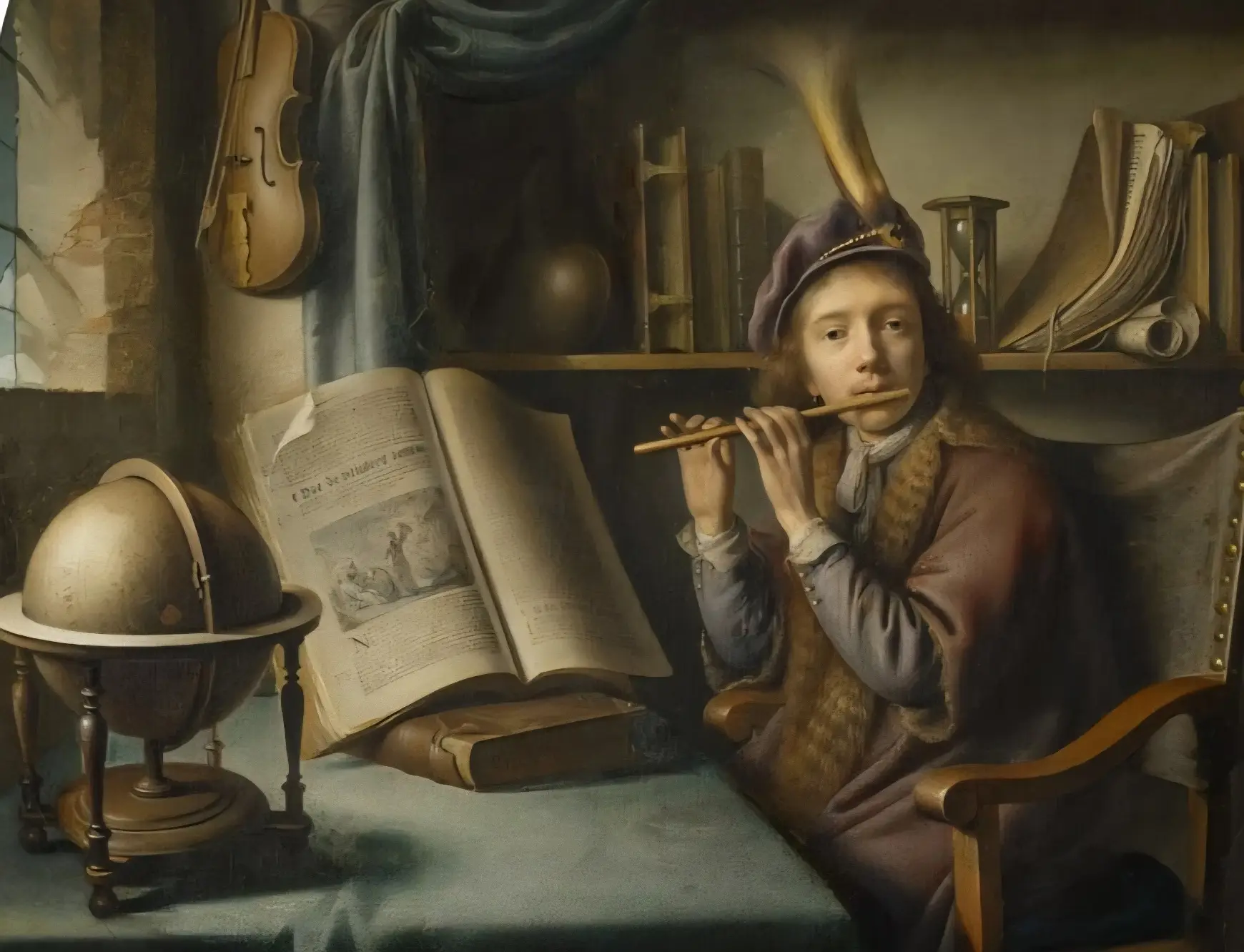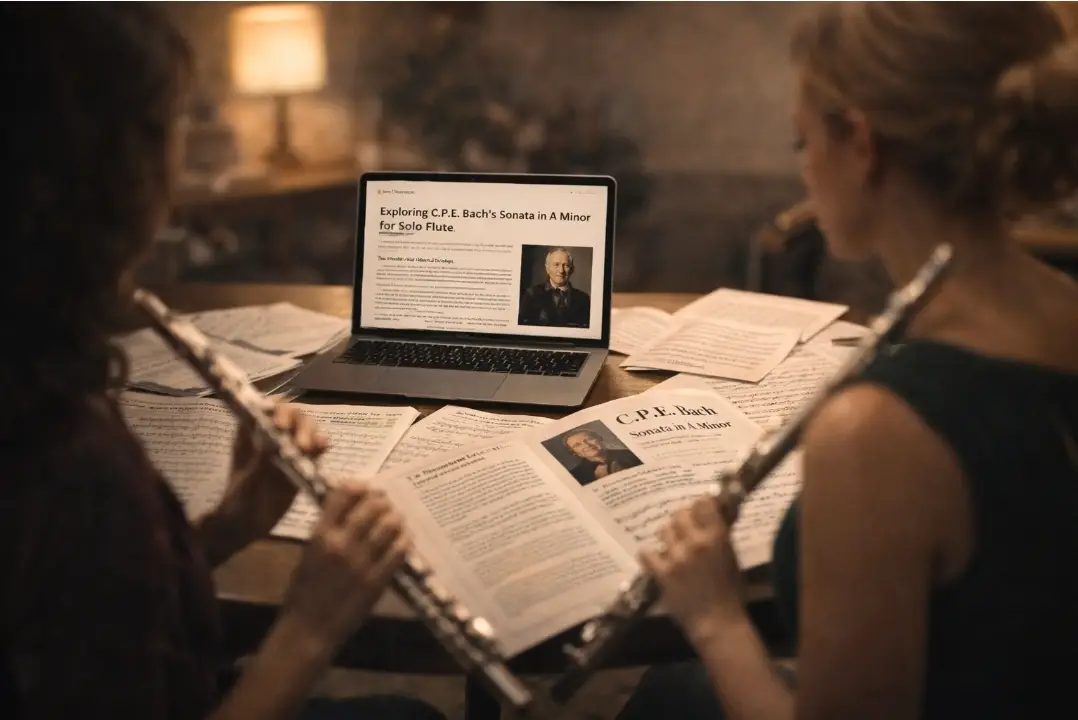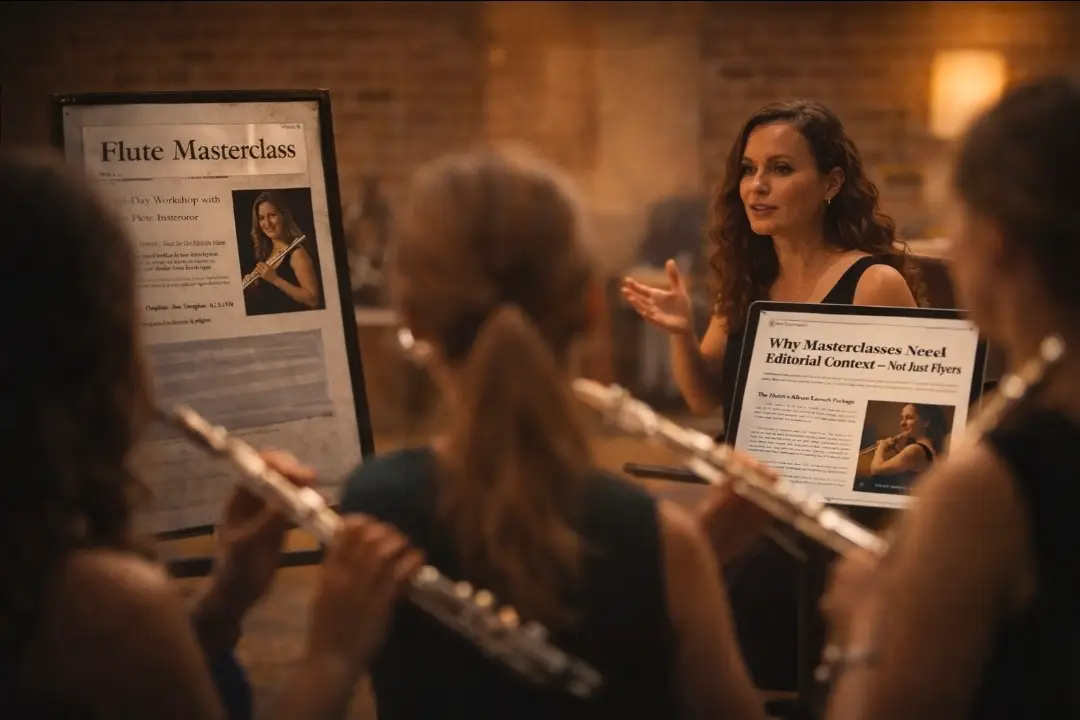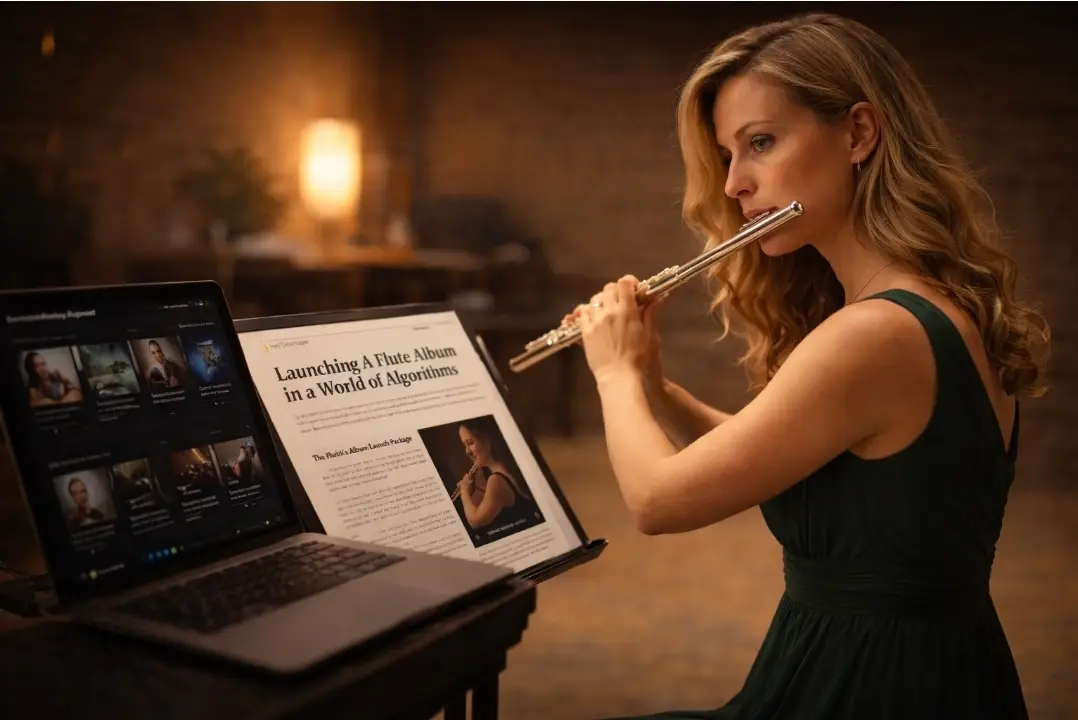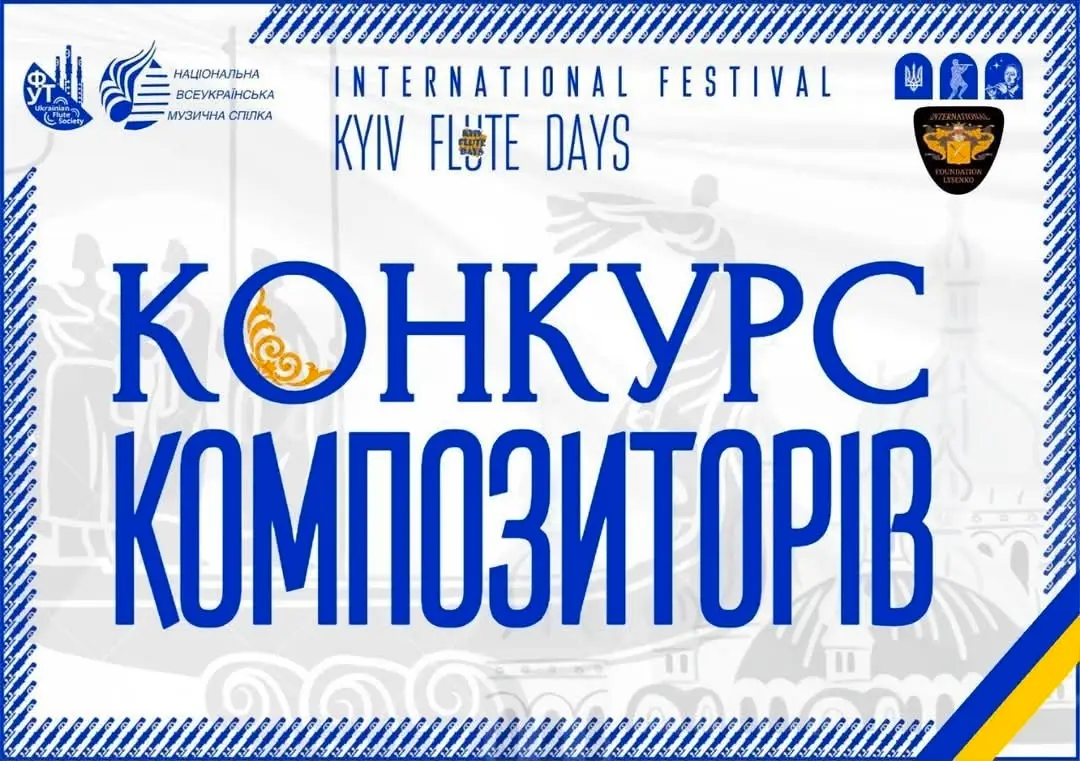The newly released recording Opere per flauto e pianoforte by Luigi Hugues, performed by flutist Paolo Dalmoro and pianist Maurizio Fornero, shines a spotlight on one of Italy’s lesser-known 19th-century musical figures. Hugues, whose contributions to both music and geography are explored in this booklet, left a legacy that blends artistry, innovation, and education. This recording is remarkable not only for the music itself but also for its historical significance and the choice of period instruments.
Rediscovering Luigi Hugues
Hugues is often overlooked in the larger canon of 19th-century composers, but this recording, featuring works like Sonata in C Major, Op. 119 and Capriccio “Le Silfidi”, Op. 29 No. 2, proves his worth as a composer. His works are steeped in the romantic idiom, showcasing both technical brilliance and lyrical beauty, comparable to his contemporaries like Briccialdi and Krakamp. The recording brings out the elegance of Hugues’ compositions, offering a refined melodic style that never veers into the predictable.
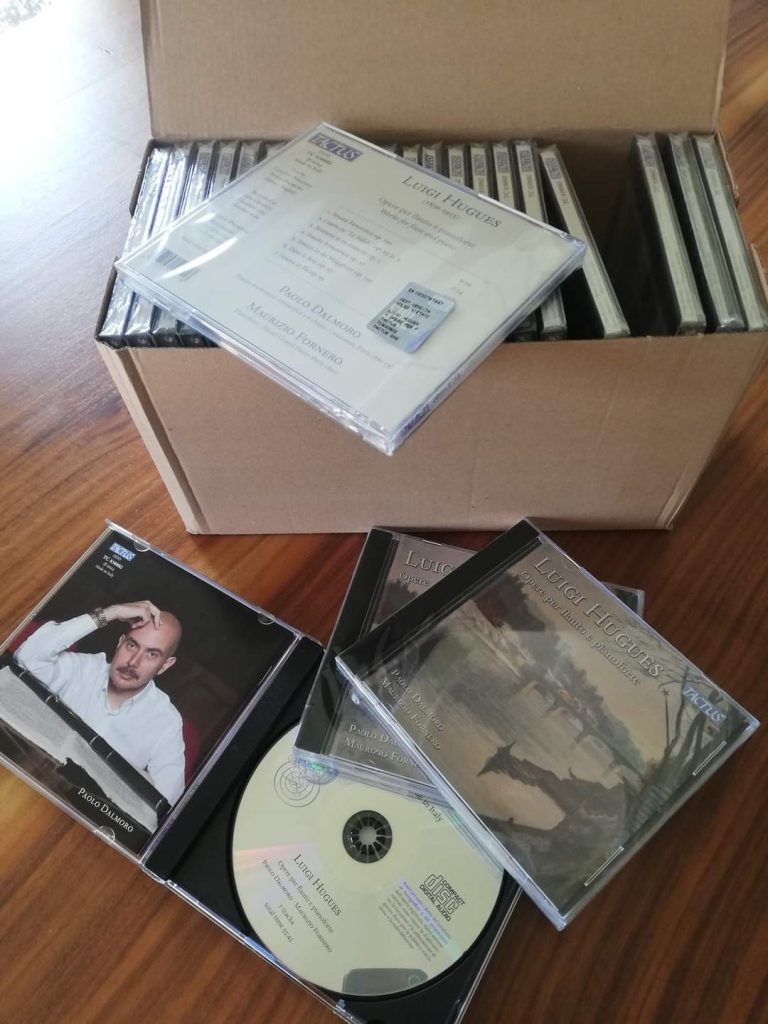
The Performers
Paolo Dalmoro and Maurizio Fornero present a masterful performance that is both historically informed and emotionally compelling. Dalmoro, an expert in 19th-century flute performance practices, plays a Couesnon 8-key flute from circa 1880, and Fornero accompanies him on a Pleyel grand piano from the same era. These choices of period instruments enhance the authenticity of the performance, recreating the sound palette that Hugues himself would have known. The performers’ dedication to historical accuracy allows listeners to experience the works in a manner that feels true to their original context.
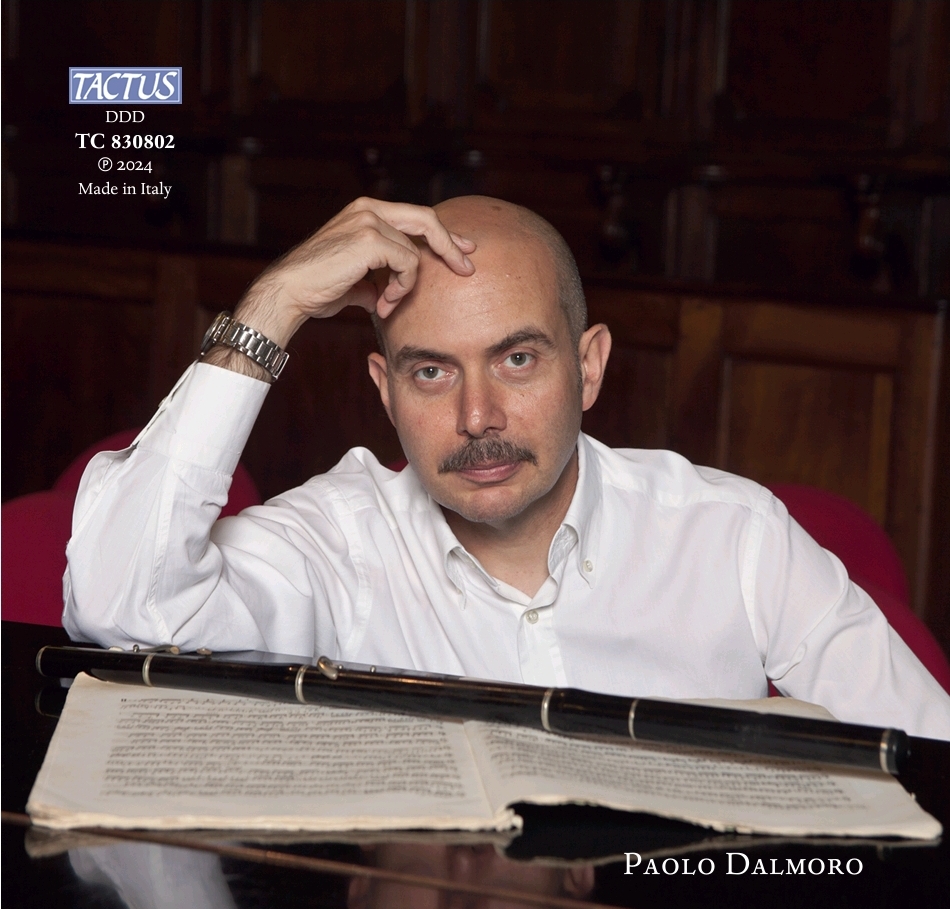
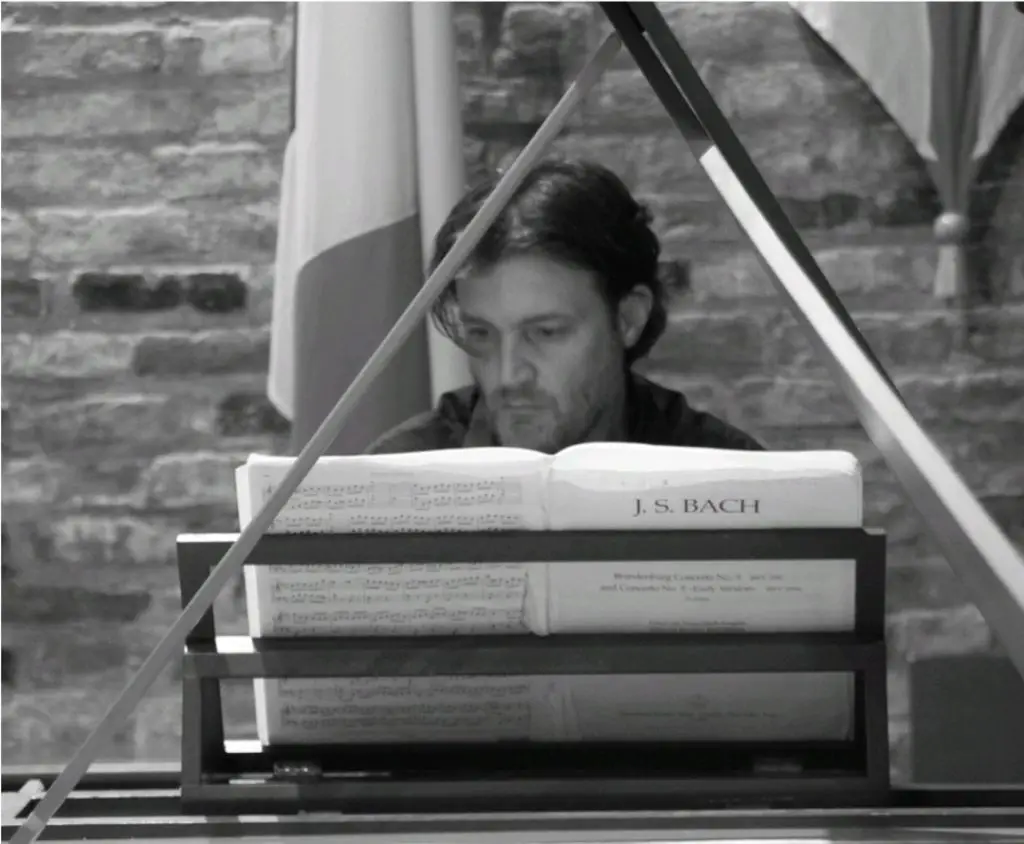
Historical Instruments and Sound
The choice to use historical instruments is a standout feature of this recording. The Couesnon flute, with its bright and clear tone, brings out the crisp articulation and expressive nuances that are integral to Hugues’ writing. Dalmoro’s interpretation captures the intricate details of Hugues’ music, while Fornero’s sensitive piano accompaniment on the Pleyel creates a warm and balanced sound. The use of these instruments transports listeners to the 19th-century concert halls where such music would have originally been performed, adding a rich, immersive quality to the recording.
Hugues as a Composer
The booklet provides valuable insight into Hugues’ dual career as a musician and a geographer, drawing parallels between him and other multi-talented figures like Aleksandr Borodin. Hugues’ contributions to geography are significant, but this recording focuses solely on his musical output, which is both diverse and technically demanding. His didactic works for flute are still in use today, a testament to their lasting relevance.
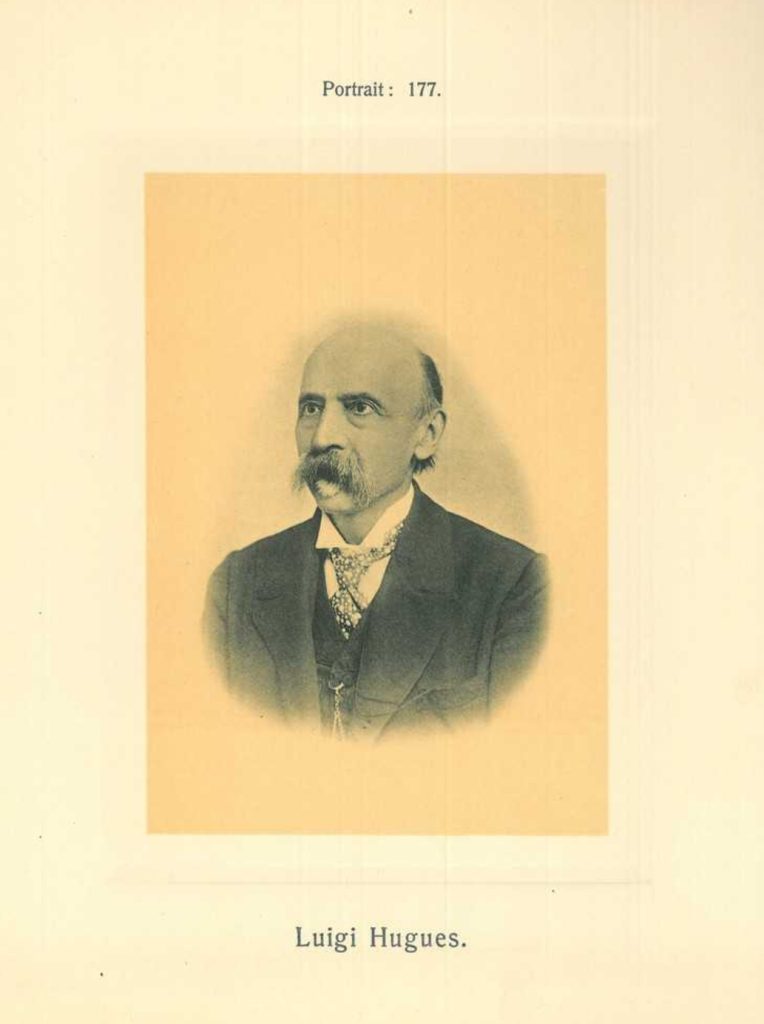
Conclusion
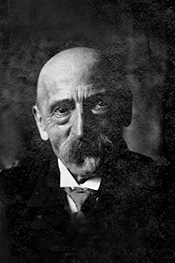
This recording of Luigi Hugues’ Opere per flauto e pianoforte is an important contribution to the rediscovery of 19th-century Italian instrumental music. The performances by Dalmoro and Fornero are impeccable, and their use of period instruments adds depth to the interpretations. For flute enthusiasts and historians alike, this album offers a fascinating look at a composer who deserves greater recognition. With this recording, Hugues’ music can take its rightful place alongside the works of better-known composers from his era.


